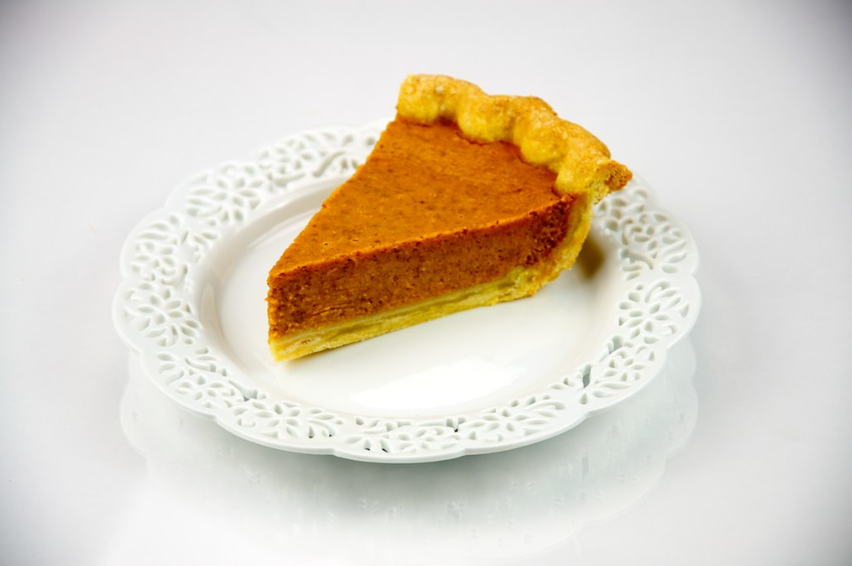7 Tips to Help Patients Eat Healthy and Stay Active During the Holidays
This article is part of the Oregon Medical Association's Steering Toward Health initiative that aims to reduce the incidence of serious, lifestyle-related chronic conditions.

We’re approaching the season in which enticing treats greet us at nearly every turn, while daily routines give way to festive gatherings. For your patients embracing a healthy lifestyle, the holidays pose plenty of potential challenges. How to overcome them? It’s not about deprivation, experts say. It’s about planning.
Here, Michelle Rogers, a National Diabetes Prevention Program (National DPP) lifestyle coach in Warrenton, Ore., and Don Kain, Diabetes Program Education and Outreach Manager at the Harold Schnitzer Diabetes Health Center at Oregon Health & Science University in Portland, provide tips to help your patients stay on track with healthy eating and physical activity through the New Year and beyond.
-
Aim for weight maintenance. Studies show that Americans tend to gain weight from late November through early January. No surprise, right? “Weight loss during the holiday season may or may not be realistic,” Kain says. “Weight maintenance should be considered a big win!”
- Make physical activity dates. From “Turkey Trots” to “Jingle Bell Runs,” most communities offer active, holiday-themed events. Sign up with friends and family, or organize your own outing. “Setting activity goals with others helps us stay motivated and accountable, especially during the cold-weather months,” Rogers says. On days when you want to offset extra calories, walk a little farther, or carve out some time for an additional physical activity.
- Share your lifestyle goals. “If you’re heading to someone’s house for a holiday dinner or party, let them know in advance that you’re on a healthy lifestyle journey,” Rogers says. “Hosts want to take care of their guests.” Simple requests might include salad dressing or sauces on the side, a lean entree and, if you’re avoiding alcohol, club soda with lime.
- Decide how you’ll handle alcohol. “Besides adding calories to the meal, alcohol can lower your inhibition to eat foods that you might not ordinarily consume as part of a meal,” Kain says. And whether you’re consuming alcohol or not, he suggests starting each meal with a tall glass of water to stay hydrated, and help fill you up.
- First, pick up a plate. “Avoid nibbling directly from the buffet table, or you’ll have no idea how much you’re eating,” Rogers says. “If you’re attending a potluck, prepare a platter of vegetables or other healthy snack you enjoy, and make it your go-to.”
- Take your time. “Take at least 20 minutes to finish your meal,” Kain says. “It takes your brain at least 20 minutes to understand your stomach is full, and slow down your desire to eat more food.”
- Plan to indulge, occasionally. “If you really want that piece of pumpkin pie, go for it,” Rogers says. “But the next day, the next meal, get back on the horse. That’s how you make a lifestyle change. You allow yourself, without judgement, to savor a treat once in a while, and then continue on your healthy journey. Enjoying food is a part of our social world.”